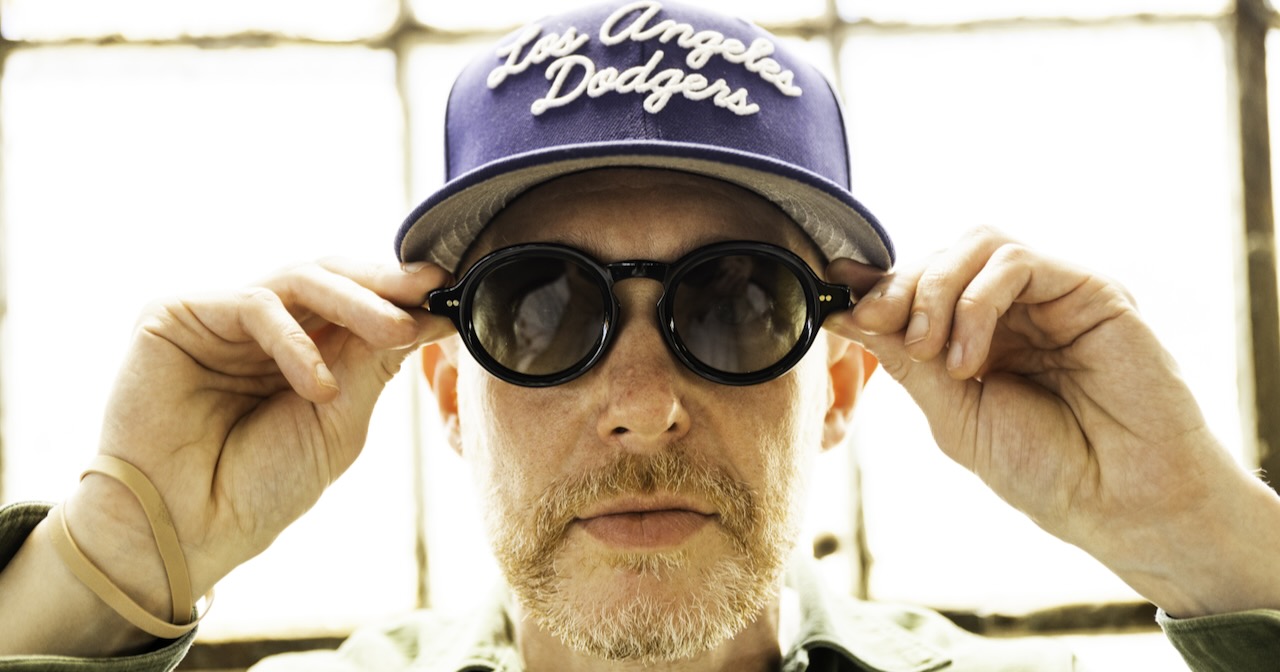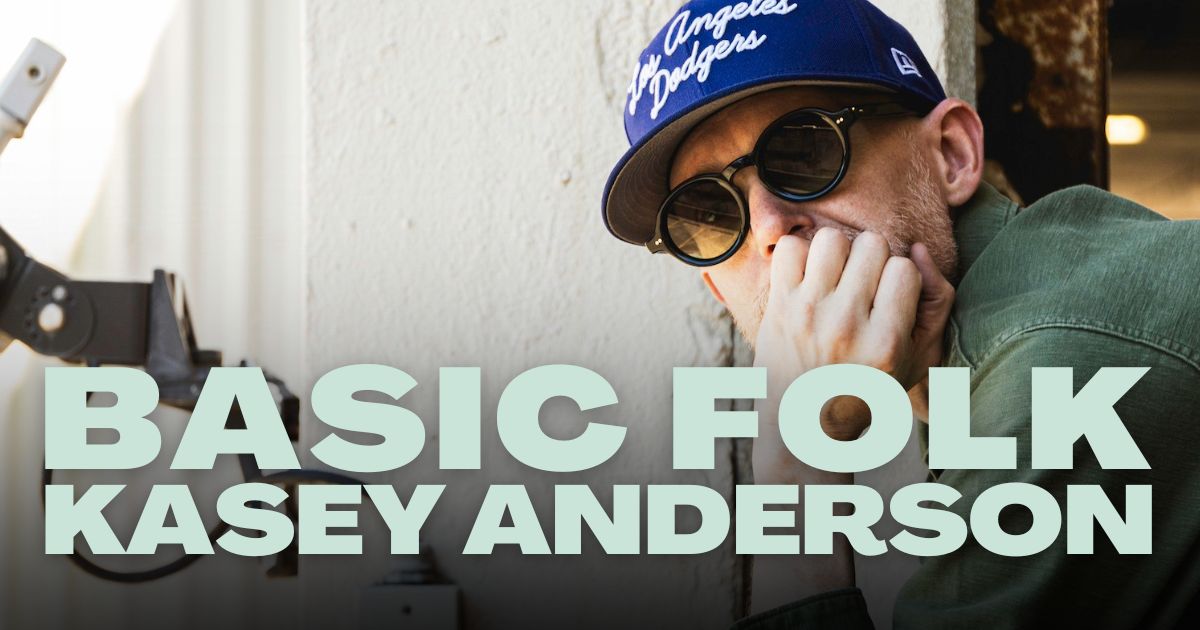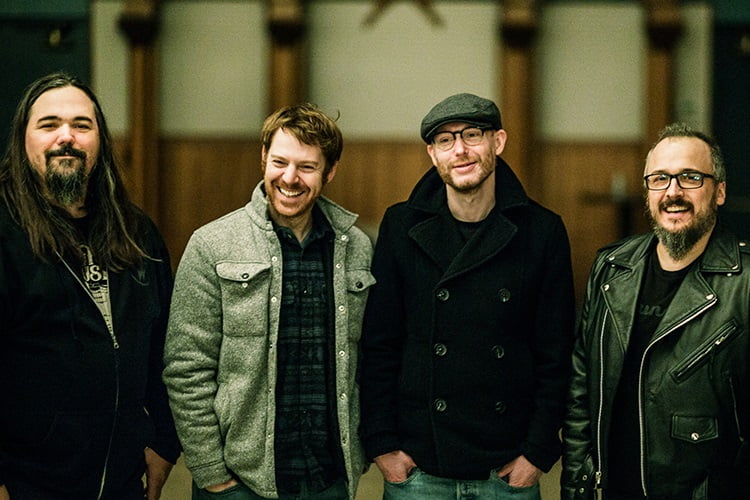Artist: Kasey Anderson
Hometown: Portland, Oregon
Latest Album: To the Places We Lived
Personal Nicknames (or rejected band names): For a brief while in my early 30s I was convincing people to call me “T-Bone,” but it died out pretty quick.
Which artist has influenced you the most – and how?
I’m extremely fortunate in that the artists who influence me most are, by and large, my friends. I’ve been doing this a long time and had the opportunity to meet a lot of people, many of whom were heroes to me before I met them and remain so. Others have become heroes to me over time, through their work and friendship and their orientation to the world.
Hanif Abdurraqib, Kaveh Akbar, Melissa Febos, Brandon Shimoda, Lizzie No, Adeem the Artist… those are all friends whose creative work inspires and influences me – and whose orientation to the world, to their communities, and to their places within the world/their communities inspires and influences me.
One of my dearest friends, Ellen, runs a harm reduction program here in Portland and her approach to community and care has been an enormous influence on how I experience the world, and in turn, I see that influence in what I write. My family informs and influences me every day, in ways I sometimes don’t even realize until I hear them come back to me in my songs. I think when I was younger it would have been easier to say, “Bob Dylan, Steve Earle, Joan Armatrading,” whatever – Mike Watt, who I just spoke to last week. The list is long, you get the point – and of course that’s still true; there’s a long list of artists whose work influenced mine but, again, I’ve been doing this a while. The people who have a significant impact on my life, the people I love, they find their way into the work as much as anyone or anything else.
What rituals do you have, either in the studio or before a show?
Eric Ambel taught me about the importance of lunch during a recording session. I’m not really a lunch eater – I never have been – but getting that break, that time to just be together, is important. My inclination is always to work from the second mics are set up until the second they come down. I’m glad I’ve been surrounded by people smarter than me who know when to take a break. It doesn’t matter as much when lunch happens, just that it happens. Just that people get a chance to extract themselves from the process for an hour or so.
How often do you hide behind a character in a song or use “you” when it’s actually “me”?
I didn’t realize this until much later on, but I hid behind most of the characters I wrote on Heart of a Dog and Let the Bloody Moon Rise. At the time, and for years after, I talked about those songs as if they were all works of fiction – or at least about people other than myself – but once I had some distance from those records and had been in recovery for a while, I recognized myself in all those songs. I had been writing to myself, about myself.
What is a genre, album, artist, musician, or song that you adore that would surprise people?
I think what might surprise people more than anything I do listen to is the fact that I don’t really listen to Americana or country music much. I listen to my friends’ records, if something comes out that a lot of folks are talking about or someone recommends I’ll check that out, but I don’t really listen to the kinds of songs I write, at least not much anymore.
If you didn’t work in music, what would you do instead?
Well, I am currently the Deputy Executive Director at a nonprofit in Portland, so I’m not sure how much more of a “second job” I could possibly have.
Want more Kasey Anderson? Check out his recent podcast episode of Basic Folk here.
Photo Credit: Matthew Leonetti


